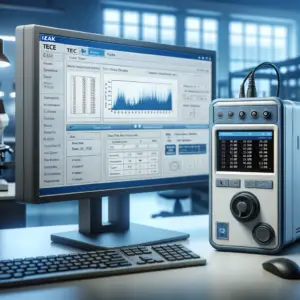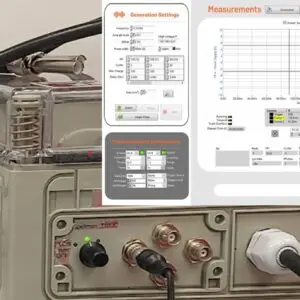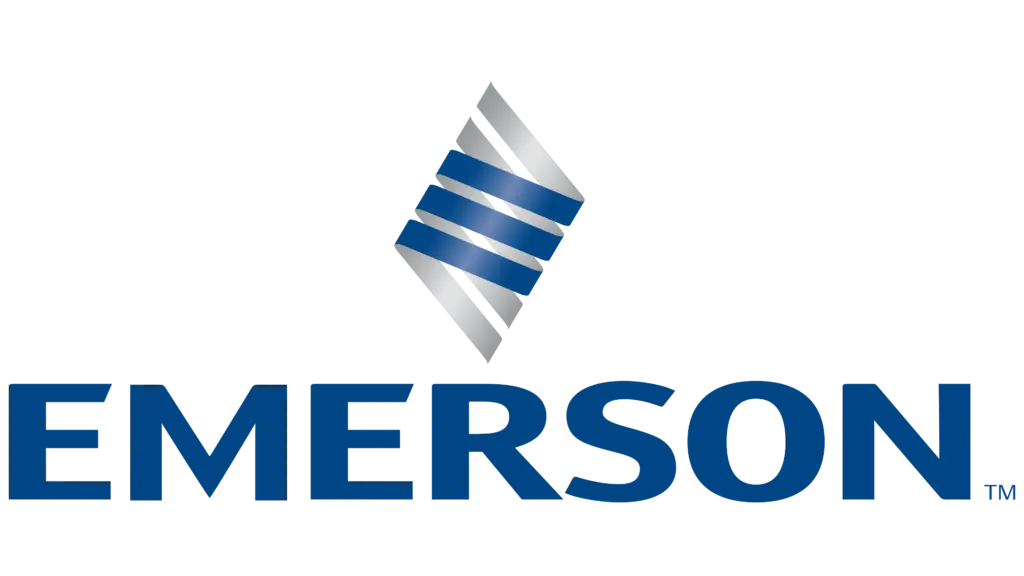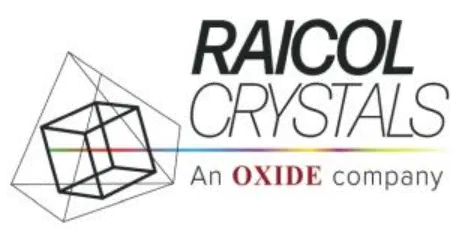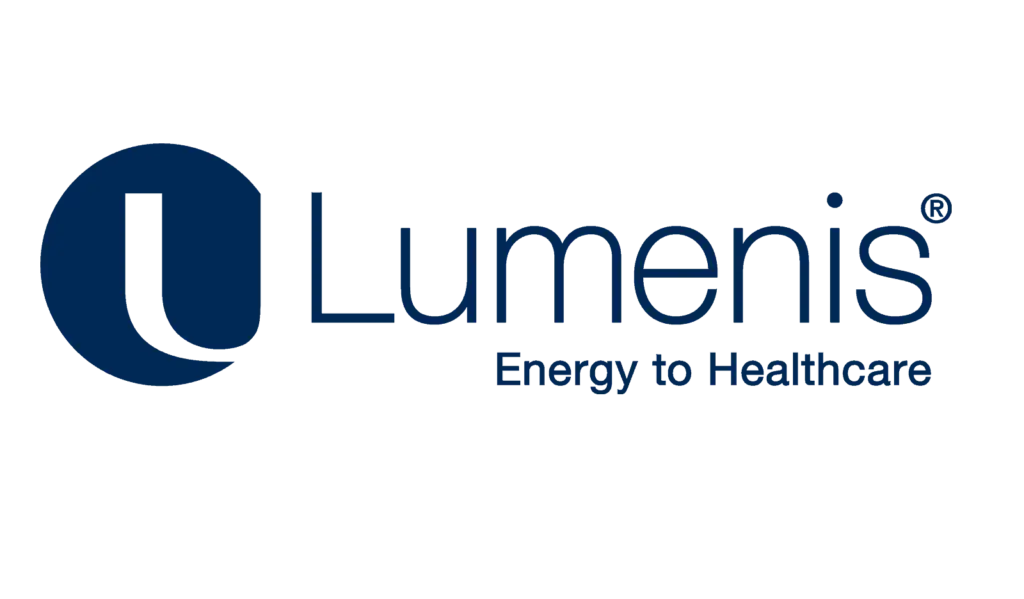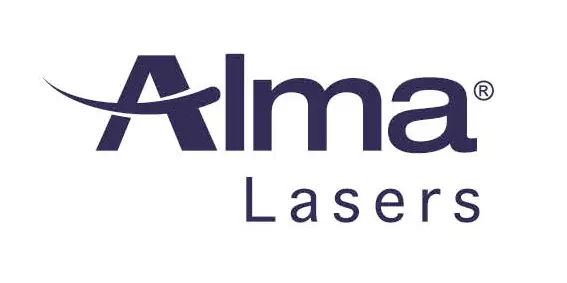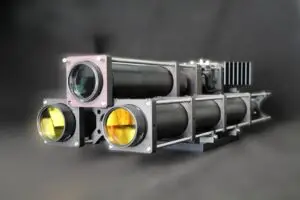We are living during unprecedented times. According to the World Health Organization, the COVID-19 pandemic is a ‘once-in-a-century’ health crisis [1]. Millions of people are searching for effective disinfection. At the time this article was written, there are almost 49 million searches for “covid disinfection” alone. We should also keep in mind that there are many other microbes that cause diseases and can spread through contaminated surfaces, air, or water.
Chemical disinfection had been used extensively over the years. They work to some extent but aren’t perfect. Some have limited ability to kills microbes, a narrow spectrum and often a combination of multiple disinfectants are needed. They also release toxic compounds such as chlorine by-products which cause allergies, asthma, flare-ups, and various skin rashes. Common symptoms also include sneezing, headache, watery eyes, and chronic cough [2]. The majority of chemical disinfectants can not provide air disinfection, in fact, they have a negative impact on air quality when sprayed on surfaces.
As a result, many are looking for additional options, such as ultraviolet C light. This is a very smart choice and if you want to know, there are about 24,600,000 google searches right now for “UV light disinfection.” As the demand for UV light disinfection increased, the options to buy online such devices already increased. The Internet is filled with $29.97 magic UVC wands that promise it will erase virtually any microbe known to the human mankind. But is this true?
Well, there is some truth to those claims. The UVC light does work, but sadly, these cheap devices don’t- most of the time. According to the Centre For Disease and Control Prevention (CDC), ultraviolet C has true germicidal effects and had been tested in numerous research studies. The wavelength of UV radiation ranges from 328 nm to 210 nm and its maximum microbial effect occurs at 240–280 nm.
Some of the most popular UVC devices are based on mercury vapor lamps, and they emit more than 90% of the radiation at 253.7 nm, which is close to the maximum wavelength that inactivates or kills the microbes [3]. UV light disinfection is currently used in hospitals for room disinfection, to decontaminate personal protective equipment (PPEs) from the novel coronavirus Sars-Cov2, and hard to treat bacteria like MRSA and C. diff. UV light disinfection is also used to kill microbes from titanium implants, and contact lenses. In the food industry, ultraviolet light disinfection is used to disinfect foods and packaged products alike.
Airplanes, trains, and subways are now taking advantage of UV light disinfection to reduce the spread of microbes. Manufacturer companies are following this trend.
UV light disinfection has a broad-spectrum antimicrobial action – from viruses to bacteria (including bacterial spores), fungi, and parasites. According to the International Ultraviolet Association (IUVA), there is not a microorganism that had been tested and not is susceptible to UV light disinfection- and we already have hundreds of studies. [4]
Another big advantage of UV light disinfection is the fact that no chlorine by-products are released in the process. Except for low mercury lamps which contain mercury, UVC devices are considered eco-friendly.
What are the disadvantages of UV light disinfection?
CDC says that UV radiation has several potential applications, but unfortunately there are some facts that can influence its germicidal effectiveness: organic matter, the wavelength, the type of suspension, temperature, the type of microorganism, and UV intensity- which is further affected by distance and dirty tubes/lamps. [3]
Safety measures have to be followed at all times, as skin and eye exposure has to be avoided when using UV light disinfection.
Contact IZAK Scientific team to get the right UV light disinfection device for you and guide you step-by a-step on how to use it safely and effectively. Fast PXL uses mercury-free, advanced UVC technology and is designed for optimal surface and air disinfection and had been tested with UV cards and third-party labs.
2. https://pubmed.ncbi.nlm.nih.gov/12002058/
3.https://www.cdc.gov/infectioncontrol/guidelines/disinfection/disinfection-methods/miscellaneous.html
For more insightful articles about UV disinfection enter your E-mail:
Tzachi Sabati
CEO, IZAK Scientific
Physicist specializing in photonics and quantum technologies, with deep expertise in quantum sensors and advanced optical systems. Leads the Advanced Quantum Lab course at the Technion, bridging academic excellence with industry innovation. At IZAK Scientific, provides cutting-edge photonics-based solutions, developing customized inspection and sensing systems for R&D and production. Passionate about advancing quantum sensing applications and integrating novel technologies to meet industry needs.




